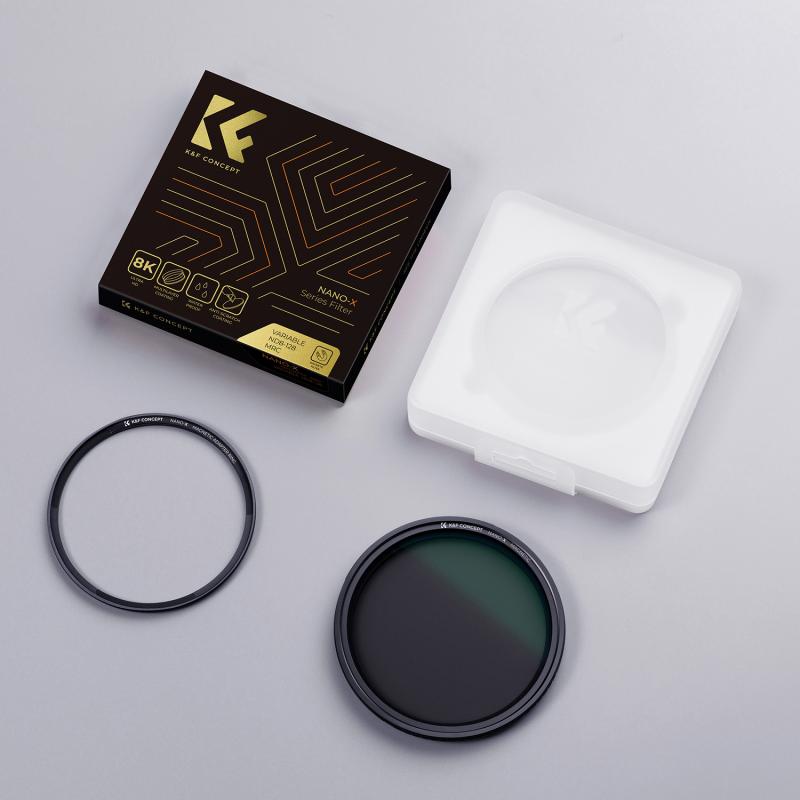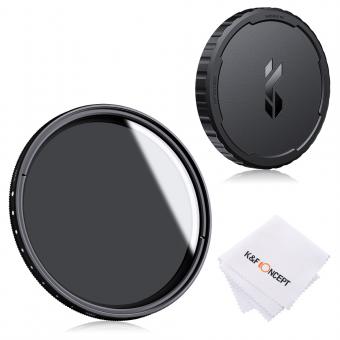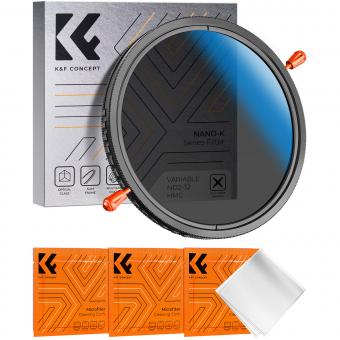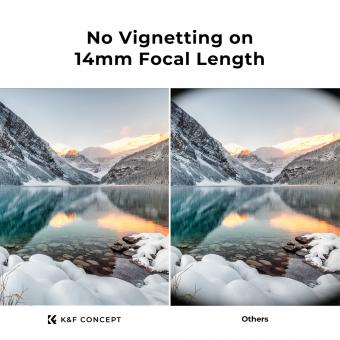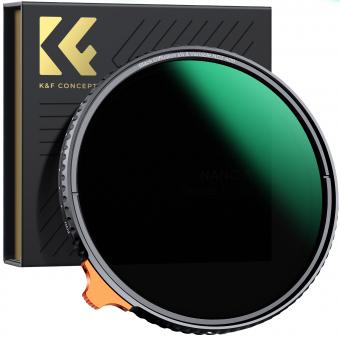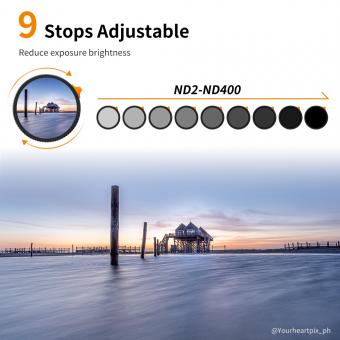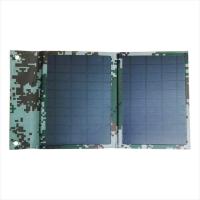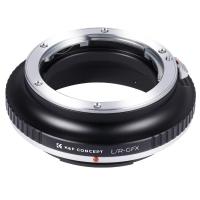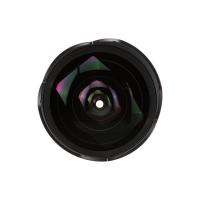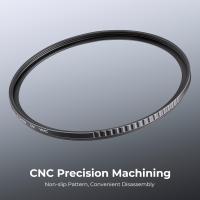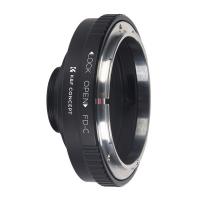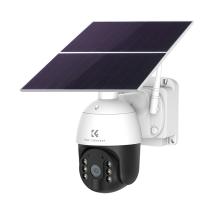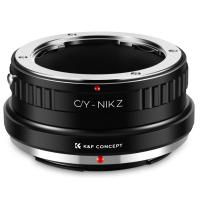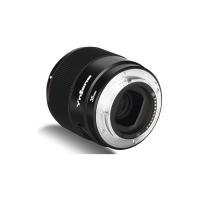How Does Variable Nd Filter Work ?
A variable ND filter is a type of neutral density filter that allows you to adjust the amount of light entering the camera lens by rotating the filter. It consists of two polarizing filters that are stacked together. By rotating one filter relative to the other, the amount of light passing through the filter can be controlled. When the filters are aligned, they allow maximum light transmission, and as they are rotated, they start to block more light. This adjustable light-blocking capability makes variable ND filters versatile tools for photographers and videographers, as they can easily control exposure and achieve desired effects such as motion blur or shallow depth of field in bright lighting conditions.
1、 Definition and Function of Variable ND Filters
A variable ND (Neutral Density) filter is a versatile tool used in photography and videography to control the amount of light entering the camera lens. It consists of two polarizing filters that can be rotated relative to each other, allowing for adjustable light reduction.
The primary function of a variable ND filter is to reduce the amount of light passing through the lens without affecting the color or quality of the image. This is achieved by rotating the front filter, which changes the alignment of the polarizing filters and adjusts the amount of light transmission. By rotating the filter, photographers and videographers can easily control the exposure and depth of field in various lighting conditions.
Variable ND filters are particularly useful in situations where the available light is too bright, such as when shooting in broad daylight or capturing long exposures. They allow for longer shutter speeds, which can create motion blur effects or capture smooth water surfaces. Additionally, they enable wider apertures, allowing for shallow depth of field even in bright environments.
It is important to note that variable ND filters have some limitations. At extreme settings, they can introduce color casts or vignetting, which may require post-processing corrections. Additionally, some variable ND filters may exhibit a phenomenon known as the "X-pattern" when used with wide-angle lenses at maximum density settings. This occurs due to the interaction between the polarizing filters and the lens's angle of view.
In recent years, advancements in technology have led to the development of high-quality variable ND filters with improved color accuracy and reduced artifacts. These filters often feature a range of light reduction options, allowing for precise control over exposure. Some filters also incorporate additional coatings to minimize reflections and flare.
Overall, variable ND filters are essential tools for photographers and videographers, providing flexibility and creative control over exposure in various lighting conditions.
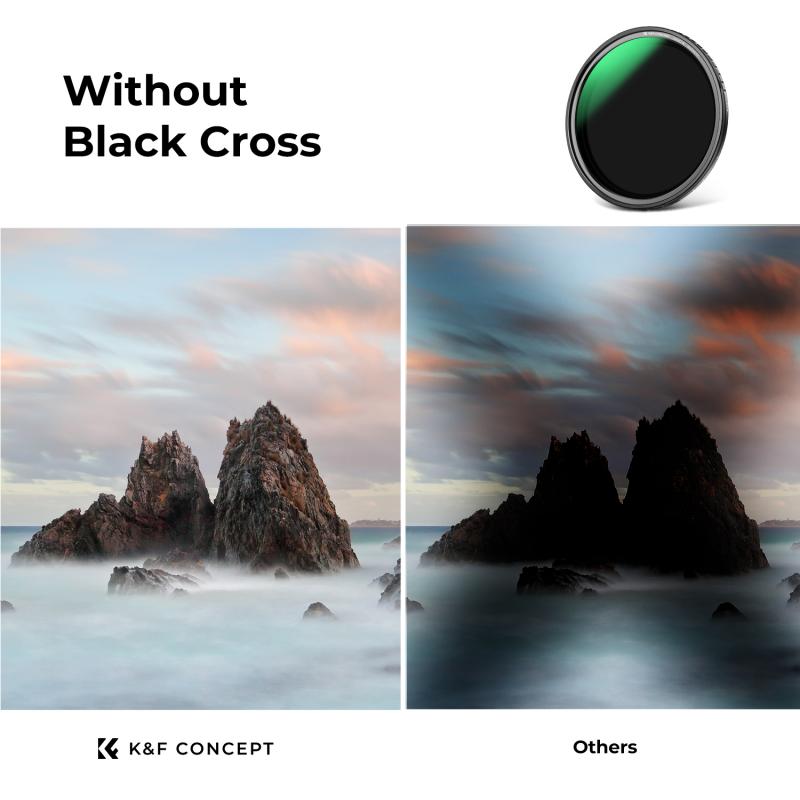
2、 Mechanism of Variable ND Filters
Variable ND filters work by using two polarizing filters that are stacked together and can be rotated relative to each other. The first filter is a linear polarizer, which allows light waves oscillating in a specific direction to pass through while blocking light waves oscillating in other directions. The second filter is a circular polarizer, which converts the linearly polarized light from the first filter into circularly polarized light.
When the two filters are aligned, they allow maximum light transmission through the lens. As the front filter is rotated, it starts to block some of the light waves, reducing the amount of light that reaches the camera sensor. By adjusting the rotation of the front filter, photographers can control the amount of light entering the lens, effectively adjusting the exposure.
The mechanism behind variable ND filters is based on the principle of polarization. By rotating the front filter, the orientation of the polarizing axis changes, causing the filter to block a different amount of light. This allows photographers to have greater control over exposure settings, especially in situations where the available light is too bright for the desired settings.
It is important to note that variable ND filters can introduce certain optical issues, such as color shifts and image quality degradation, especially at extreme settings. However, advancements in filter technology have led to the development of high-quality variable ND filters that minimize these issues.
In recent years, there has been an increase in the popularity of variable ND filters due to their convenience and versatility. They provide photographers with a single filter that can cover a wide range of exposure adjustments, eliminating the need to carry multiple fixed ND filters.

3、 Advantages and Disadvantages of Variable ND Filters
Variable ND filters work by using two polarizing filters that are stacked together. These filters can be rotated in relation to each other, allowing the user to adjust the amount of light that passes through the lens. When the filters are aligned, they allow maximum light transmission, and when they are rotated in opposite directions, they block more light.
The advantage of using a variable ND filter is that it provides a wide range of light reduction in a single filter. This eliminates the need to carry multiple filters with different densities, making it more convenient for photographers and videographers. It also allows for quick adjustments to be made on the fly, without the need to change filters.
Another advantage is that variable ND filters provide a smooth and seamless transition between different densities. This is particularly useful when shooting video, as it allows for gradual adjustments in exposure without any noticeable jumps or changes in color.
However, there are some disadvantages to using variable ND filters. One common issue is the presence of a cross-like pattern, known as the "X effect," that can appear when using high densities. This occurs due to the interaction between the polarizing filters and can be more pronounced at wider angles.
Another disadvantage is the potential for color shifts and loss of image quality. Some variable ND filters can introduce a color cast or reduce sharpness, especially when used at extreme densities. However, advancements in filter technology have minimized these issues in recent years.
In conclusion, variable ND filters offer convenience and flexibility in adjusting exposure levels, making them a popular choice among photographers and videographers. However, it is important to choose a high-quality filter to minimize any potential drawbacks and ensure optimal image quality.
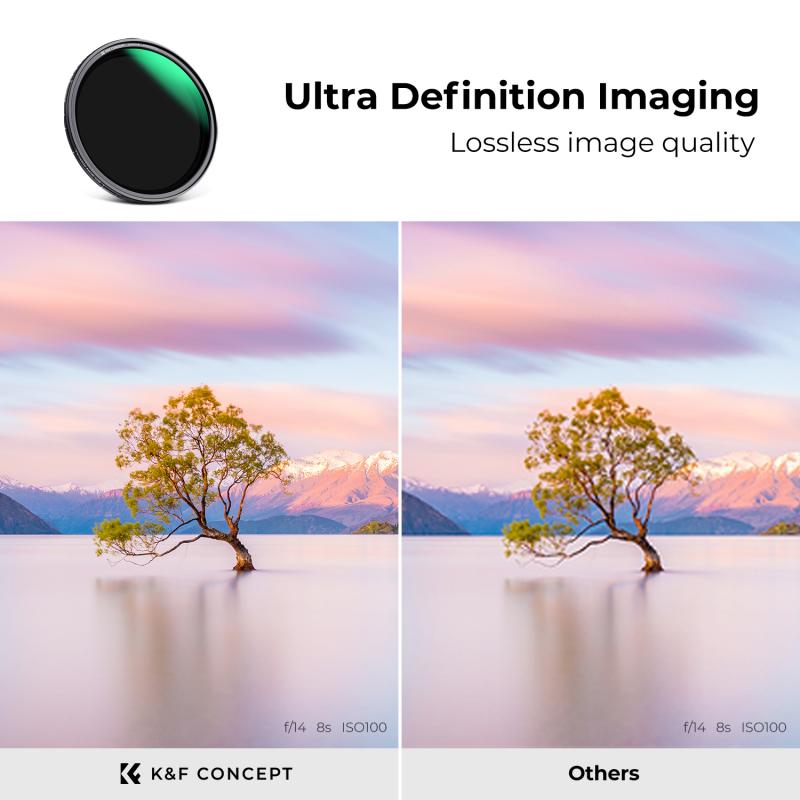
4、 Choosing the Right Variable ND Filter for Your Needs
A variable ND (Neutral Density) filter is a versatile tool used in photography and videography to control the amount of light entering the camera lens. It consists of two polarizing filters that rotate against each other, allowing the user to adjust the density of the filter and therefore control the amount of light that passes through.
The primary function of a variable ND filter is to reduce the amount of light entering the lens without affecting the color or quality of the image. This is particularly useful in situations where there is too much light, such as shooting in bright sunlight or capturing long exposures in low-light conditions. By reducing the light, the photographer can achieve a slower shutter speed or wider aperture, resulting in creative effects like motion blur or shallow depth of field.
Choosing the right variable ND filter depends on several factors. The first consideration is the range of light reduction required. Variable ND filters come in different densities, typically measured in stops. It is important to select a filter that offers the desired range of light reduction without compromising image quality. Additionally, the size of the filter should match the diameter of the camera lens to ensure proper attachment.
In recent years, there have been advancements in variable ND filter technology. Some filters now feature a wider range of light reduction, allowing photographers to achieve even slower shutter speeds or wider apertures. Additionally, newer filters are designed to minimize color shifts or vignetting, which were common issues with earlier models. It is important to consider these advancements and choose a filter that meets your specific needs and preferences.
In conclusion, a variable ND filter is a valuable tool for controlling light in photography and videography. By adjusting the density of the filter, photographers can achieve creative effects and overcome challenging lighting conditions. When choosing a variable ND filter, it is important to consider the range of light reduction required and any advancements in technology that may enhance image quality.
